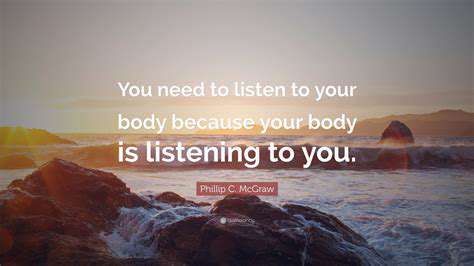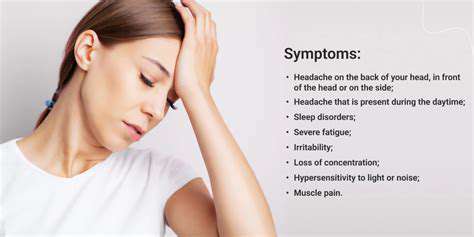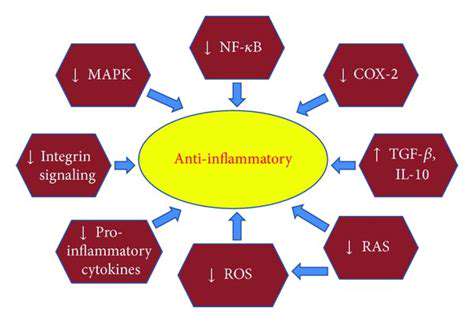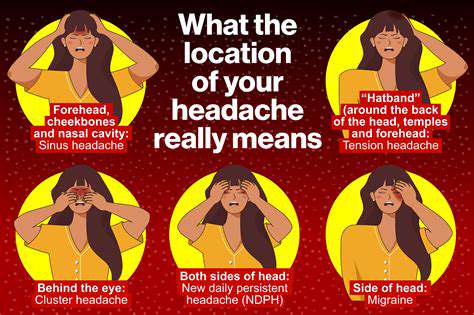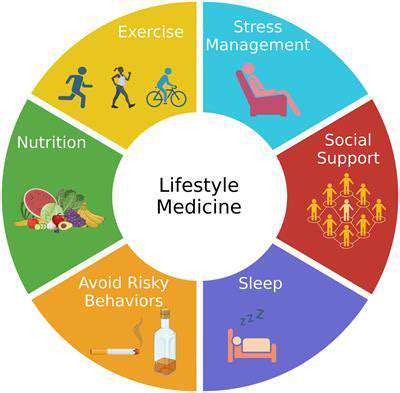Migraine Management for Shift Workers
Light stretching during breaks helps too. Neck and shoulder tension commonly trigger migraines, especially when combined with poor workstation ergonomics. Even two minutes of gentle stretches every hour makes a measurable difference.
The Role of Hydration in Migraine Prevention
Dehydration affects shift workers disproportionately. The body's natural thirst cues weaken during nighttime hours when it expects to be asleep. Setting hourly water intake reminders prevents this oversight. Adding electrolyte tablets can help maintain proper mineral balance when drinking large quantities.
Ergonomics and Workstation Design for Shift Workers
Proper monitor height prevents neck strain - the top of your screen should sit at eye level. Blue light filtering glasses help combat eye strain from artificial lighting during night shifts. Anti-fatigue mats make standing shifts more comfortable by promoting subtle muscle movements.
Seeking Professional Support and Personalized Strategies
Migraine patterns differ for every shift worker. Keeping a detailed symptom journal helps specialists identify unique triggers tied to your schedule. Note sleep times, meals, stress levels, and migraine characteristics. Some find melatonin supplements help reset circadian rhythms, while others benefit from strategic caffeine use.
Strategies for Maintaining a Healthy Sleep-Wake Cycle
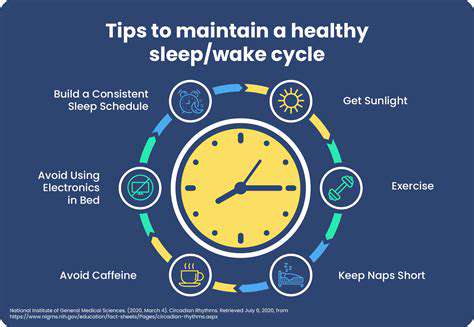
Prioritizing Physical Well-being
Maintaining a healthy lifestyle requires adapting traditional advice for shift workers. Exercise timing matters - vigorous workouts right before bed can interfere with sleep, while gentle yoga may help. Blackout curtains and white noise machines create artificial nighttime conditions for daytime sleepers.
Meal timing proves crucial. Eating your dinner before your night shift, rather than during it, helps maintain circadian rhythms. Light therapy glasses worn during night shifts can help regulate melatonin production. These small adjustments collectively improve sleep quality.
Cultivating Mental Resilience
Shift work isolation compounds stress. Building connections with fellow shift workers creates understanding support networks. Online communities allow shift workers worldwide to share coping strategies at all hours.
Cognitive behavioral techniques help reframe negative thoughts about schedule challenges. Keeping a gratitude journal during breaks fosters positive mindset shifts that reduce stress-related migraine triggers.
Nurturing Healthy Relationships
Maintaining relationships despite opposite schedules requires creativity. Schedule date nights during overlapping awake hours, even if that means breakfast dates. Leave voice messages or handwritten notes for family members to find during their daytime.
Establishing Healthy Habits
Consistency remains key, even with irregular schedules. Create pre-sleep rituals regardless of when sleep occurs - perhaps reading or light stretching. These cues signal the brain it's time to wind down. Keeping a sleep diary helps identify which habits prove most effective.
Seeking Professional Guidance When Necessary
Don't hesitate to consult sleep specialists familiar with shift work challenges. Some workers benefit from prescribed short-term sleep aids during schedule transitions. Cognitive behavioral therapy for insomnia (CBT-I) offers drug-free solutions for shift-related sleep issues.
Ergonomics and Environmental Considerations
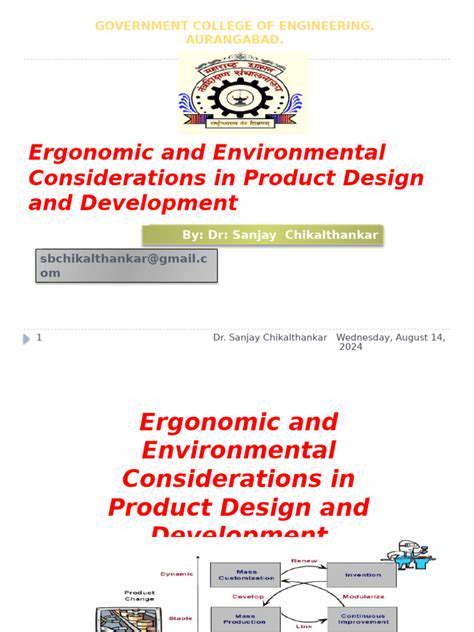
Ergonomic Considerations for a Healthy Workspace
Night shift workers face unique ergonomic challenges. Adjustable monitor arms allow quick height changes when switching between sitting and standing. Footrests help maintain proper posture when chairs don't adjust low enough. Keyboard trays prevent awkward wrist angles during long data entry sessions.
Environmental Factors Affecting Productivity
Lighting needs differ for night workers. Task lighting reduces eye strain without creating disruptive brightness. Small desk plants improve air quality and provide psychological benefits during lonely night shifts. Noise-canceling headphones help maintain focus in 24-hour workplaces.
Sustaining a Healthy Work-Life Balance
Protect days off fiercely. Schedule mandatory recovery time after night shift blocks. Use calendar blocking to reserve time for family, hobbies, and medical appointments. Learn to say no to extra shifts that would disrupt hard-won routine adjustments.
Seeking Professional Support and Medication Management
Understanding the Role of Professional Support
Find healthcare providers who understand shift work realities. Some neurologists specialize in shift worker migraine management. They can help time preventive medications to match your unique schedule rather than standard dosing times.
Medication Management Strategies
Some migraine medications cause drowsiness - problematic for safety-sensitive jobs. Work with your doctor to find alertness-friendly options. Keep medication with you at work, as attacks often strike during shifts. Consider smartphone apps to manage complex medication schedules.
Developing a Personalized Action Plan
Create migraine response protocols for work. Identify quiet, dark spaces where you can retreat during attacks. Train trusted coworkers to recognize migraine symptoms and know how to assist. Keep emergency contact information readily available.
